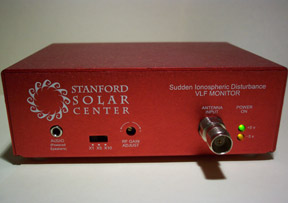The front of a Sudden Ionospheric Disturbance (SID) monitor, which can detect sudden changes in Earth's ionosphere caused by solar flares and similar solar activity.
Click on image for full size
Image courtesy Stanford SOLAR Center.
Projects - for Science Fairs & Beyond
Interested in doing a project related to space weather for a science fair? The Stanford SOLAR Center provides information about space weather monitors that you can build yourself, including the Sudden Ionospheric Disturbance Monitor (SID). SID monitors detect sudden changes in the ionosphere (a region of Earth's atmosphere) that are often generated by solar flares and similar solar activity.
You might also be interested in:
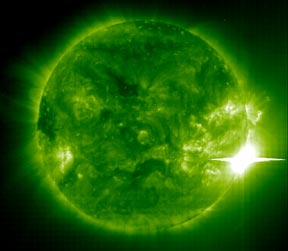
Solar flares are essentially huge explosions on the Sun. Flares occur when intense magnetic fields on the Sun become too tangled. Like a rubber band that snaps when it is twisted too far, the tangled magnetic
...more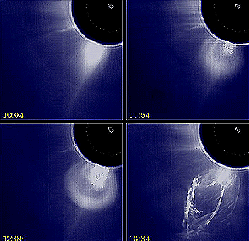
The Sun is not a quiet place, but one that exhibits sudden releases of energy. One of the most frequently observed events are solar flares: sudden, localized, transient increases in brightness that occur
...more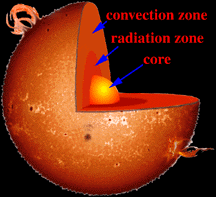
What are the "parts" of the Sun? The photosphere, the visible "surface" of the Sun, defines the outermost boundary of the "inside" of the Sun. The three main regions of the
...more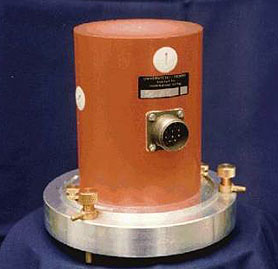
Scientists use a broad array of techniques and instruments to make the measurements needed for space weather investigations. Telescopic observations via spacecraft and ground-based observatories provide
...more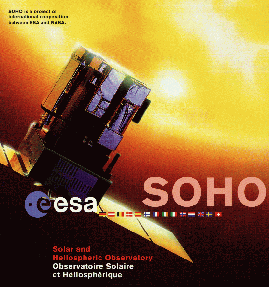
Observations by Earth-orbiting satellites and other spacecraft have revolutionized our understanding of the Sun and space weather in recent years. A host of spacecraft provide a flood of information about
...more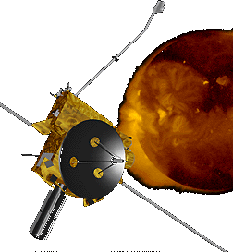
Scientists combine various techniques to study space weather. Earth-based and orbiting telescopes constantly observe the Sun in many different wavelengths. Both satellites and ground-based instruments
...more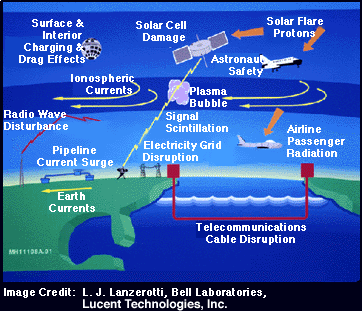
Although space weather forecasts are not normally featured on the evening news, space weather does impact life on Earth in many ways. Our modern, technologically complex systems - including communications,
...more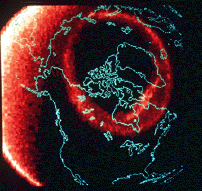
The study of space weather is a relatively young science. As such it has many unanswered questions and unsolved mysteries. Although some of our data relevant to space weather, such as sunspot counts, go
...more


